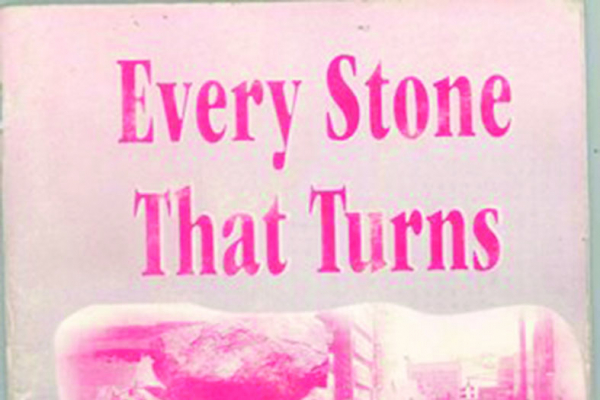“The real poetry” is a poem that speaks to the idea that real poetry is not simply found in words, but rather in the experiences and struggles of people who have been oppressed and marginalized. The poem is divided into nine stanzas, each of which highlights a different aspect of this idea.
In the first stanza, the poem suggests that the true essence of poetry has been created through the centuries of oppression and violence that have been experienced by many people. The poet specifically refers to the chains and whips of
slavery, and the red streams that resulted from the resistance of effective occupation. Here, the poem asserts that true poetry is created in the midst of struggle, and that the experiences of those who have suffered can be the source of the most powerful artistic expression.
In the second stanza, the poem provides specific examples of this idea. The killings in Katanga, the betrayal of the Mau-Mau, and the countless anti-people coups all represent the kinds of experiences that give rise to real poetry. These examples suggest that real poetry is not just about personal experiences, but about the collective experiences of entire communities.
In the third stanza, the poem uses metaphor and alliteration to illustrate the power of real poetry. The beat of the poetry is represented by the bones in Bissau, the metaphors by the massacres in Mozambique, and the alliteration by the agony in Angola. The form and zenith, or the highest point, of the poetry is represented by the fighting in Zimbabwe. The use of these literary
techniques underscores the idea that real poetry is not just about the words themselves, but about the experiences and emotions they represent.
In the fourth stanza, the poem returns to the idea that the experiences of struggle are the true source of poetry. The image of the poetry scouring down the peasant’s back and down to the starved gorge of his buttocks suggests that the struggles of everyday people are the true inspiration for poetry.
The fifth and sixth stanzas reinforce this idea. The bubbling and broiling of the poetry in the blisters of the farm laborer, and the gliding of the poetry in the greased hands of the factory worker, illustrate the idea that real poetry is found in the experiences of those who are working hard and struggling to survive.
In the seventh stanza, the poem emphasizes that real poetry is not a private paradise or an individual inferno. Rather, it is the pain and pleasure of people in struggle. This underscores the idea that real poetry is about the collective experiences of entire communities.
The final stanza is a call to action. The phrase “Viva O Povo!” means “Long live the people!” This is a call for the people to continue struggling and resisting, and for their experiences to continue inspiring the creation of real poetry.
Overall, “The real poetry” is a powerful poem that speaks to the idea that the struggles of everyday people are the true inspiration for poetry. The poem uses vivid imagery, metaphor, and alliteration to illustrate this idea, and it ends with a call to action for people to continue struggling and creating.
“The real poetry” uses a variety of literary devices and techniques to convey its message.
One notable device is the use of imagery, such as the chains and whips of slavery, the red streams of resistance, and the blisters of the farm laborer. These images help to create a vivid and visceral picture of the struggles that have inspired real poetry.
The poem also makes use of metaphor and alliteration. For example, the beat of the poetry is compared to the bones in Bissau, and the alliteration of the “agony in Angola” helps to emphasize the harshness and pain of the experiences being described.
The structure of the poem is also significant. The poem is divided into nine stanzas, each of which focuses on a different aspect of the idea that real poetry is created in the struggles of everyday people. The repetition of the phrase “The real poetry” at the beginning of each stanza helps to create a sense of continuity and reinforces the central message of the poem.
The poem also makes use of repetition and variation. For example, the phrase “Not a private paradise/Nor an individual inferno” is repeated in the seventh stanza, but with the addition of the line “But the pain and pleasure/Of people in struggle” in the second repetition. This variation helps to emphasize the idea that real poetry is about the collective experiences of entire communities, rather than just individual experiences.
Overall, “The real poetry” is a well-crafted poem that makes use of a variety of literary devices and techniques to convey its message. The imagery, metaphor, and structure all work together to create a powerful and memorable poem that speaks to the idea that real poetry is created in the struggles of everyday people.
